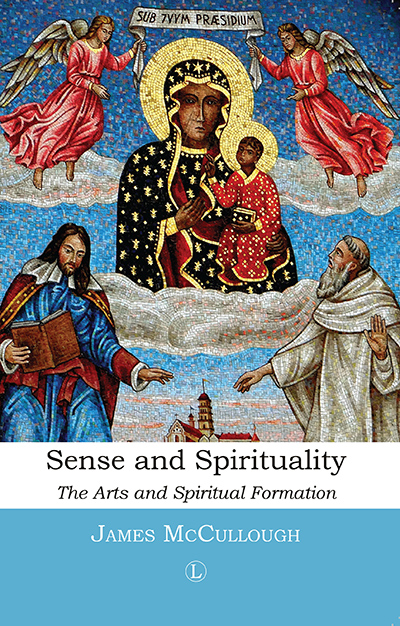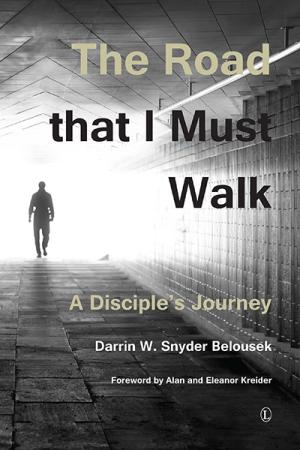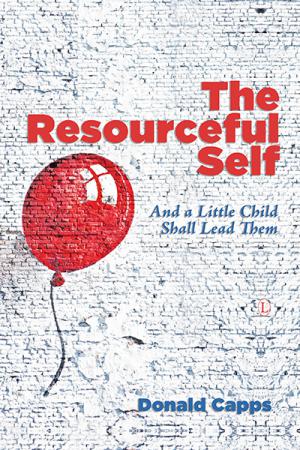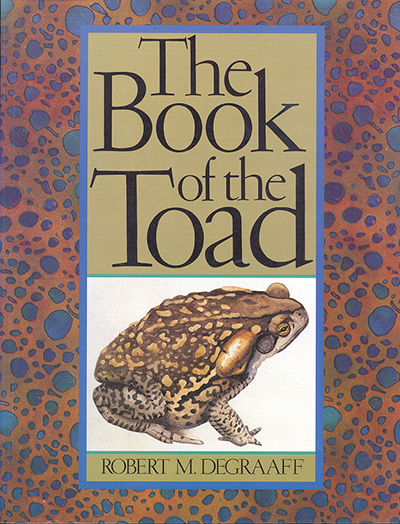Description
In Sense and Spirituality, James McCullough offers an account of spiritual formation and how the visual arts might contribute to ongoing Christian discipleship. McCullough claims that there is a more involved in proper aesthetic appreciation than like and dislike and argues that a meaningful and sustained appreciation of art leads to spiritual growth. The relationship between theological aesthetics and practical theology is argued to be collaborative, and McCullough proposes the idea that ascesis (spiritual training) can work together with aesthesis (art perception) in order to reap profound spiritual rewards. Understanding aesthetics as “the realm of sense perception” and spiritual formation as “growing capacities to participate in God’s purposes”, James McCullough suggests how these dynamics can mutually enhance each other, with the arts as an effective catalyst for this relationship. McCullough proposes an analysis of artistic communication and explores exciting examples from music, poetry, and painting, putting theoretical proposals in concrete terms. Sense and Spirituality will engage both those new to the arts and those already deeply familiar with them.
About the Author
James McCullough (PhD Institute for Theology, Imagination and the Arts, University of St Andrews) is an adjunct instructor at Lindenwood University, Saint Charles, Missouri. He has published articles on the music of Anton Bruckner as well as on the art of Graham Sutherland and Makoto Fujimura.
Contents
Foreword by David Brown
Preface
Introduction
Part I: Theoretical Framework
1. The Arts and Spirituality
2. A Communicative Theory of the Arts
3. Aesthesis, Ascesis, and Catalysis
Part II: Practical Application
4. T.S. Eliot – Four Quartets
5. Makoto Fujimura – The Four Holy Gospels
6. James MacMillan – Seven Last Words from the Cross
7. What Are They Saying?
Part III: Conclusion
8. Eyes that See, Ears that Hear
Bibliography
Recomended Reading
Endorsements and Reviews
Just as Martin Thornton and Diogenes Allen rediscovered theology’s inherent relation to Christian spirituality, so James McCullough here does the same for the theology and art conversation. Heeding T.S. Eliot’s call to transform ‘esthetic sensibility … into spiritual perception, and spiritual perception … into esthetic sensibility’, McCullough deftly calls attention to the elephant in the aesthetics seminar room: the way that art catalyses spiritual growth.
Matthew Milliner, Associate Professor of Art, Wheaton College, Illinois
[The author’s] book is like an invitation to further study, and made me want to set off straight away to the nearest gallery. He makes a powerful – to my mind, utterly convincing – case for seeing the arts seriously as a subject of theological inquiry.
The Rev Dr Jeremy Morris, in Church Times, 12 August 2016






